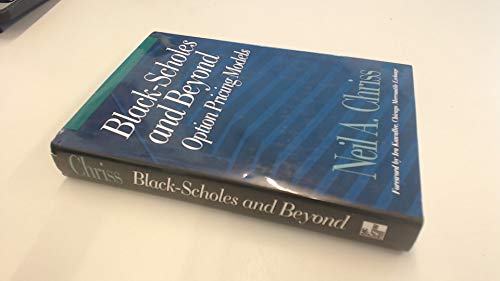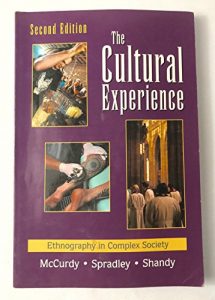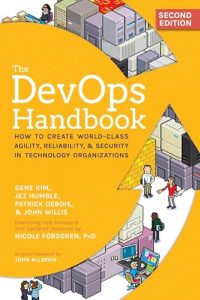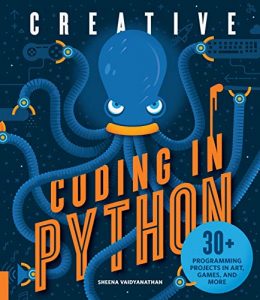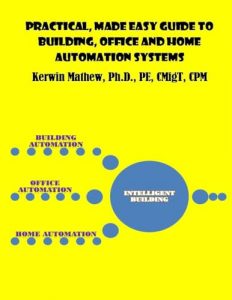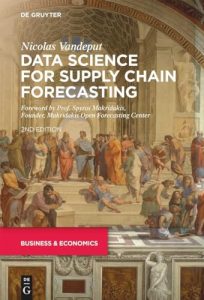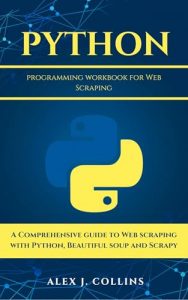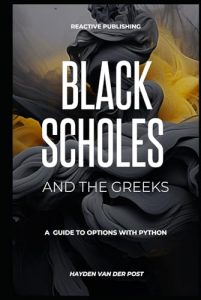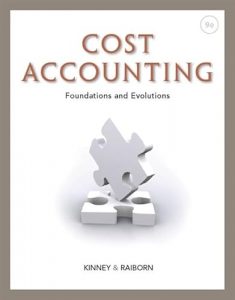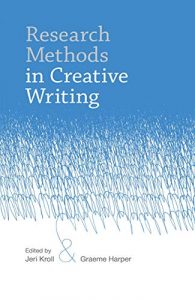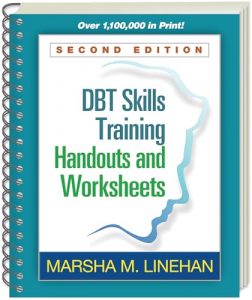1. Black-Scholes and Beyond: Option Pricing Models
This classic book by Neil A. Chriss and Ira Kawaller dives deep into the foundational models of option pricing, providing valuable insights into how options are evaluated in the financial markets. It not only breaks down the Black-Scholes model but also explores various extensions and alternatives, making it essential reading for anyone looking to understand or work within modern financial markets. The authors bring years of experience and research to the table, presenting complex concepts in a digestible way that empowers readers to refine their trading strategies. Whether you’re a seasoned trader or just starting out, this book is a goldmine of knowledge.
2. How to Calculate Options Prices and Their Greeks: Exploring the Black Scholes Model from Delta to Vega
Ursone Pierino’s book meticulously explains how to calculate the essential components of option pricing—the Greeks. This book is not merely a theoretical guide but a practical one, presenting real-world applications and problem-solving techniques that traders can implement immediately. Understanding Greeks like Delta, Vega, and Theta is crucial for managing risk and tailoring strategies, and this guide lays it all out with clarity and precision. If you aim to fine-tune your trading techniques and improve your decision-making process, this book is a must-have.
3. Black Scholes And The Greeks: Algorithmic Options Trading with Python
Hayden Van Der Post’s latest book takes a modern approach by integrating Python programming with options trading. This comprehensive overview combines both theoretical knowledge and practical skills, making it an invaluable resource for tech-savvy traders. By learning how to apply the algorithms associated with the Black-Scholes model and the Greeks, readers can significantly enhance their trading capabilities. The inclusion of coding examples allows for hands-on learning, making complex theories accessible and actionable. If you’re ready to dive into algorithmic trading, this book should be your starting point.
4. The Black–Scholes Model (Mastering Mathematical Finance)
In this insightful work by Marek Capiński and Ekkehard Kopp, readers will receive a comprehensive examination of the mathematical foundations underlying the Black-Scholes model. This book is perfect for those who want to deepen their understanding of the analytical tools used in financial markets. It bridges the gap between theory and practice, offering a robust mathematical framework while also showing its application in real-world scenarios. If you’re looking to master mathematical finance, adding this book to your collection will immensely benefit your knowledge base.
5. Options – 45 Years Since the Publication of the Black-Scholes-Merton Model
This collected work featuring David Gershon, Alexander Lipton, Mathieu Rosenbaum, and Zvi Wiener commemorates the significant progress in options theory since the seminal Black-Scholes-Merton paper. The authors present diverse perspectives from industry experts, showcasing historical advancements and future trajectories of options pricing models. Its multicultural analysis makes it a rich read for finance professionals eager to stay informed about cutting-edge developments in the field. The book offers an extensive overview that encourages critical thinking about the practice and theory of options pricing.
6. The Black–Scholes–Merton Model as an Idealization of Discrete-Time Economies
David M. Kreps illustrates the theoretical underpinnings of the Black-Scholes-Merton model and its relevance to various discrete-time economic models. This book is a must-read for those studying theoretical finance as it addresses complex concepts while maintaining accessible language. Kreps’s analytical approach promotes deep understanding and challenges readers to think innovatively about the economic frameworks that guide our financial decisions. If you aim to expand your theoretical horizons, this book will provide you with a thorough understanding of its applications and implications.
7. Black Scholes: Algorithmic Options Trading with Rust
This upcoming release by Hayden Van Der Post and Alice Schwartz introduces readers to using Rust for algorithmic options trading. This book merges cutting-edge programming techniques with time-tested financial theories, allowing readers to implement solutions efficiently. The authors employ practical examples to illustrate how to apply these principles in algorithmic trading contexts. If you’re looking to fine-tune your trading tools or seeking innovative programming methods for finance, this title should be on your radar.
8. Fitting Local Volatility
Andrey Itkin’s book presents advanced techniques in fitting local volatility models, combining both analytical and numerical approaches. It provides readers with in-depth insight into these models and their use in practical trading scenarios. With its focus on both theory and application, this book appeals to quantitative analysts and traders alike. The analytical depth combined with rigorous examples makes it indispensable for those focused on enhancing their portfolio with local volatility models.
9. Model-free Hedging: A Martingale Optimal Transport Viewpoint
Pierre Henry-Labordere’s work redirects the focus of hedging strategies to a model-free approach leveraging martingale optimal transport. This unique perspective helps develop a more robust understanding of risk management techniques essential for any serious trader. Readers will discover how to construct hedging strategies that stand the test of unpredictable market conditions. This book is a valuable resource for both novice and experienced traders looking to improve their strategic framework and decision-making in volatile markets.
10. Financial Mathematics, Derivatives and Structured Products
Raymond H. Chan, Yves ZY Guo, Spike T. Lee, and Xun Li coalesce their expertise in this comprehensive exploration of financial mathematics, focusing on derivatives and structured products. The practical application of complex mathematical theory is clearly presented, making it an essential resource for finance professionals and students alike. This book’s diverse topics promote a multifaceted understanding of modern financial instruments, making it a profound read for anyone eager to explore the intricacies of finance.

